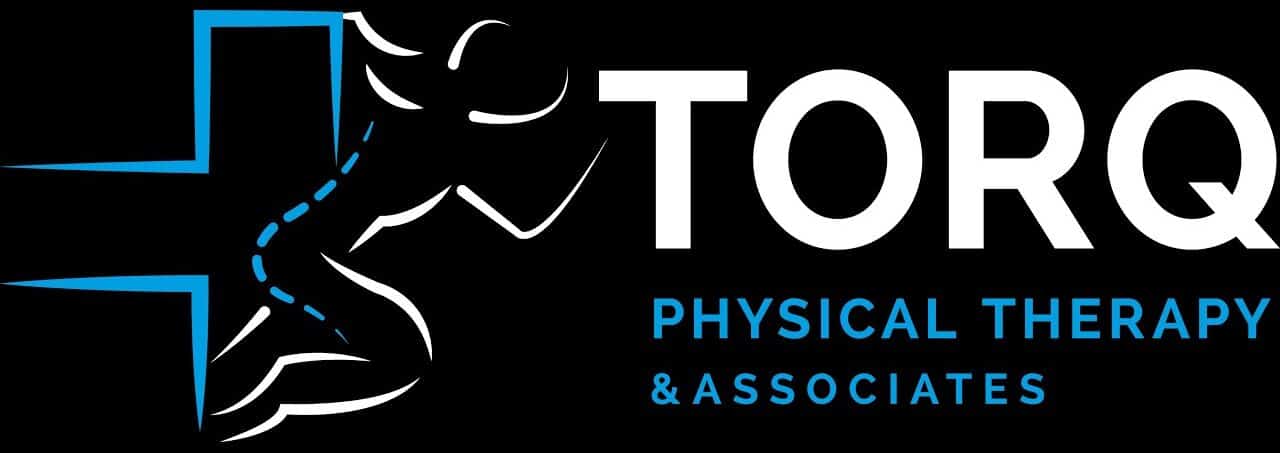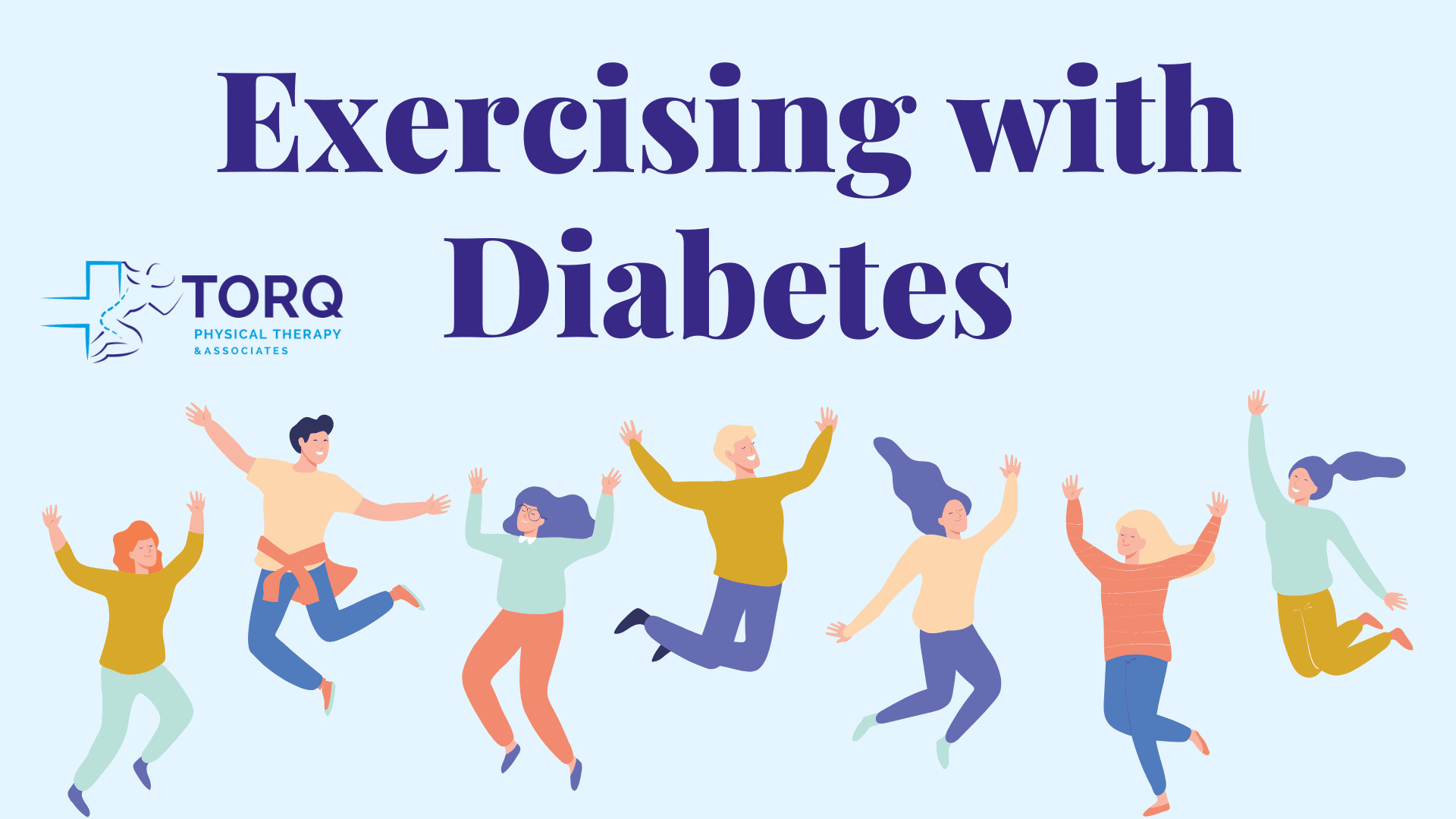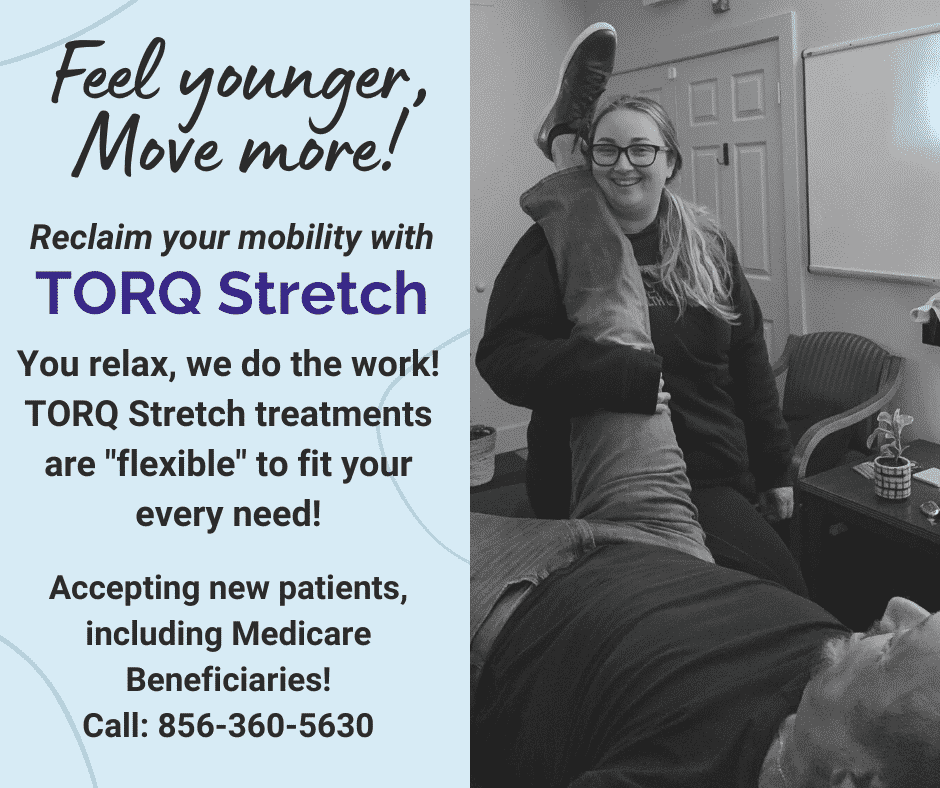Cupping is an alternative therapy that involves placing small cups on the skin which create suction. The suction facilitates healing and improves blood circulation, in addition to providing many other benefits. Cupping is typically used in combination with other forms of treatment.
Keep reading to find out eight important facts you should know about cupping.
1. Cupping is an Ancient Therapy
Cupping is an ancient practice that originated thousands of years ago using cups made from animal horns. Some estimates of original historical references state the practice is as perhaps 5,000 years old and originated in Egypt or the Middle East. However, experts agree that cupping has been used in Traditional Chinese Medicine for at least 3,000 years. Cups have historically been made of bamboo, ceramic, and glass, and the cups were heated with fire then applied to the skin, drawing the skin as the cup cooled. Many modern-day practitioners of cupping therapies use silicone cups which suction to the skin without heat.
2. There are Multiple Variations of Cupping Therapies
There are many types of cupping, some variations include heat, herbs, acupuncture, or even controlled medicinal bleeding. At TORQ Physical Therapy, we use four variations of cupping therapy.
- Static Cupping involves placing a cup and leaving it in one place for a set period of time. This provides relief from painful trigger points on the body.
- Dynamic Cupping, also called Massage Cupping, includes moving the cups around the area being treated. The cups glide over the skin, massaging and relaxing the tissues.
- Cupping with Movement allows the patient to perform movements that are normally too painful to perform by using cups to lift the tissues away from the nerves, easing pain and gliding the muscles around within the body.
- Cupping to Cue Movement involves strategic placement of cups which communicate new or complex movements to the brain, allowing for increased range of motion or movement.
3. Cupping Has Multiple Proven Benefits
During your cupping session, the cups create suction and negative pressure which permeates through the skin and into the deep fascia and muscles of the body. Your provider uses this pressure for the following benefits:
- Provide local pain relief and muscle relaxation through increased blood circulation and providing separation of tissue layers.
- Loosen scar tissue through the combination of increased circulation for healing and breaking up dense or compacted tissues.
- Relax connective tissue and chronically tight muscles by releasing tension which is held in connective tissues and muscles.
- Eliminating weaknesses in the body and improving communication from skeletal muscles to the brain. This is achieved through haptic cueing, a method of using physical touch to provide spatial awareness to the brain, and by opening nerves which are damaged or blocked.
- Increase hydration and blood flow which allow for easier movement in joints.
- Drain toxins and lymph by opening lymphatic pathways within the body. This benefit can help you to feel better all over the body, regardless of the location of the cup placement during treatment.
- Improve injuries or other conditions, such as lumbar disc herniation, cervical spondylosis, or conditions that can be treated with acupressure points.
- Improve the appearance of the skin including reduced cellulite, spider veins, stretch marks, scars, and other skin conditions. In fact, a variation of facial cupping involving light or superficial pressure has become a common spa treatment.
4. Cupping is Used to Treat a Wide Variety of Conditions
Cupping therapy can be used to treat a wide variety of conditions and symptoms. In addition to treating skeletal and muscle conditions, cupping is also used around the world for blood circulation, digestion, irritable bowel syndrome, immune system health, allergies, facial paralysis, and skin conditions such as acne, eczema, wrinkles, stretch marks, scars, and cellulite. Cupping has also been found to be an effective prevention method against liver disease. Your cupping practitioner will be able to assess your needs and determine the most effective placement of cups for you.
5. Cups Can be Placed Around the Body
Just like massage treatments, cupping is not only used on the back. The cups can be placed in many different configurations around the body. Depending on your injury or condition, your provider will know the correct locations for treatment.
6. Cupping is Generally Considered Safe for Most People
The side effects of cupping can include feeling lightheaded, sweaty, nauseous, or mild discomfort during treatment, or bruising, which usually disappears within 15 minutes to a few days after treatment. If you feel discomfort during your cupping session, you should communicate with your practitioner. They will be able to adjust your treatment to ensure you get the best results for your specific needs.
If you have read about cupping, you might have seen that the side effects include infections, burns, or scarring. Cupping therapy with a trained professional should not create any of these adverse reactions. The risk of injury during cupping therapy is considered to be small and easily avoided by a trained professional.
7. When Cupping Should be Avoided
Generally speaking, cupping is not recommended for children under the age of four or people of advanced age. Certain cupping therapies are not recommended for pregnant or menstruating women or people with some medical conditions, such as kidney disease or heart failure. Cupping should not be performed on areas of the skin which are sunburned or have an open wound.
A professionally trained cupping therapist will discuss your health and medical history along with the details of your specific condition and goals for treatment before your first session to determine your most effective and safe treatment plan.
8. Skip the DIY
Cupping should be performed by a trained professional. Although cupping is typically considered to be safe, it is not recommended for everyone. Depending on your medical history, your provider will know where to place the cups, which type of cupping to use, how much pressure should be used in each cup, and more. Cups should be properly disinfected after each use and used properly each time they are placed. Improper use of cupping therapies can lead to pain, advanced bruising, and injury.
Final Thoughts
Cupping therapy can be used to treat a variety of injuries and conditions and provides many health benefits, such as releasing chronically tight muscles, connective tissue, and internal scar tissue, increasing blood circulation, and easing pain. This ancient therapy has been made modern, with practitioners using cups to treat their patients safely and effectively.
At TORQ Physical Therapy, we want to ensure that you get the most effective treatment possible. Contact us for a free discovery visit or phone consultation to discuss your health goals and see if cupping is right for you!


